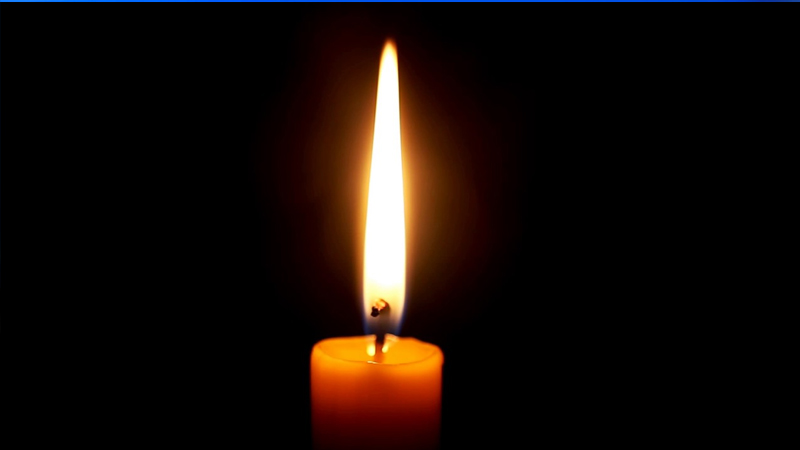
Abbiamo tutti visto che una fiamma a lume di candela punta sempre verso l'alto. Punterà verso l'alto anche se incliniamo la candela. Vi siete mai chiesti perché sta accadendo? Discutiamo il motivo di ciò in questo articolo.
Quando si accende un incendio, il combustibile si combina con l'ossigeno per rilasciare calore, luce, anidride carbonica, vapore acqueo, fuliggine, ecc. L'energia termica generata in questo processo riscalda l'aria attorno alla fiamma che a sua volta ne riduce la densità** ( una buona analogia è il vapore acqueo che è più caldo e meno denso rispetto all'acqua che è più fredda e più pesante). Questa aria calda attorno alla fiamma inizia quindi a salire e l'aria circostante più fredda e pesante precipita al suo posto accelerando l'aria calda verso l'alto che a sua volta provoca l'accensione della fiamma.
Quindi, in breve, una combinazione e la gravità e la galleggiabilità indotta dalla gravità fanno salire l'aria calda facendo sì che le fiamme puntino verso l'alto qui sulla terra.
Se non ci fosse la gravità (spazio o camere di microgravità simulate dalla NASA) non ci sarebbe motivo per cui l'aria più pesante e più fredda fluisca verso il basso e la fiamma sarebbe solo una macchia attorno allo stoppino (o al materiale che brucia)
Nel caso in cui tu sia curioso di sapere perché l'aria calda è meno densa dell'aria fredda in primo luogo: il calore fornisce alle molecole del gas un'energia (cinetica) più elevata. Quindi queste molecole possono spostarsi più velocemente e più lontano perché ora hanno l'energia necessaria per superare le loro forze di legame. Le molecole essendo più distanti significa che il materiale è meno denso.
Grazie per aver letto l'articolo!
We all have seen that a flame from candlelight always points upwards. It will point upwards even if we tilt the candle. Ever wondered why it is happening? Let us discuss the reason for this in this article.
When you start a fire, the fuel combines with oxygen to release heat, light, carbon dioxide, water vapor, soot, etc. The heat energy generated in this process heats up the air around the flame which in turn reduces its density** (a good analogy is water vapor which is hotter and less dense as against water which is colder and heavier). This hot air around the flame then starts rising up and the surrounding colder heavier air rushes down into its place accelerating the hot air upwards which in turn causes the flame to shoot up.
So, in short, a combination and gravity and gravity-induced buoyancy cause the hot air to rise up causing the flames to point upwards here on earth.
If there were no gravity (space or NASA simulated micro-gravity chambers) there would be no reason for the heavier, colder air to flow downwards & the flame would be just a blob around the wick (or the material that burns)
Just in case you are curious as to why hot air is less dense than cold air in the first place - the heat gives the molecules in the gas higher (kinetic) energy. So these molecules can move faster and further apart because they now have the energy needed to overcome their binding forces. The molecules being farther apart means that the material is less dense.
Thank you for reading the article!

- Log in to post comments